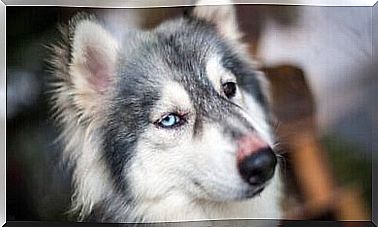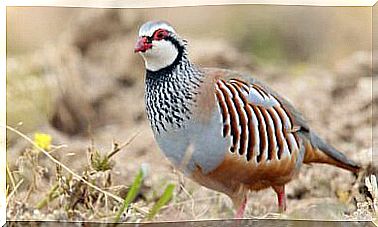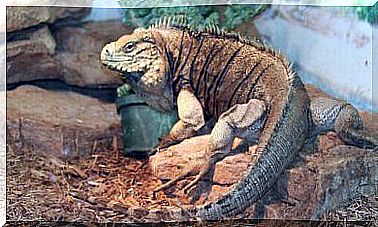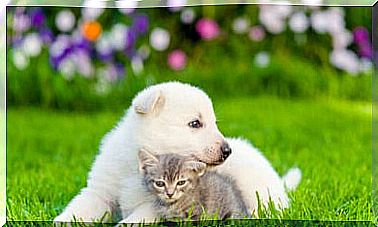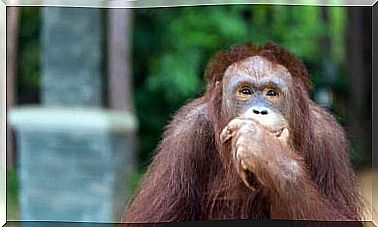Selfies With Sloths Are Destroying This Species

Among the bizarre photos that we take with wild animals and that endanger them, there are also the selfies with sloths that many tourists take in the tropical regions of the American continent. A study reported the impact of this activity on this species.
Each year hundreds of specimens of sloths are removed from their natural habitat for tourism purposes. Usually, these animals are taken from deforested areas of Brazil and Colombia to be used as mascots, food or as the protagonists of the famous selfies. Let’s find out in this article the impact of selfies with sloths.
Study reveals the dangers of selfies with sloths
The study focused on the variegated sloth, the most common sloth species. We are talking about a solitary animal that feeds on leaves and is characterized by its slowness, so much so that the “capture” to make it a selfie star is very simple.
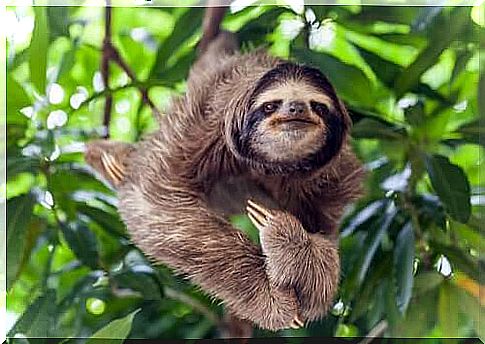
The study, published in November 2018, led a group of researchers to take part in encounters between tourists and sloths in Brazil and Peru. The result of the survey, carried out for over 34 interaction encounters with animals, was disconcerting: it was observed that as many as 17 sloths were surrounded and grabbed by five tourists at a time.
During these interactions the sloths were handled multiple times and often held by the claws. The animals’ most frequent reaction was to put themselves on guard and extend their arms. Attitudes, according to experts, a symptom of fear, anxiety and stress.
Focus on tourism with animals
Tourism with animals is more and more frequent. Among its various forms, the most criticized is certainly the one that provides for direct contact with the animal. It has been shown that this type of interaction is stressful for the latter, dangerous and harmful for the conservation of some species.
Direct interaction with wild animals not only risks jeopardizing their well-being, but also leads to an increase in people who want it as a pet. A study showed the same thing for the slow Sunda Lory, a type of primate.
On the net there are more and more videos and images that shoot these animals in human contexts, often handled by inexperienced hands, normalizing this type of dynamics. Situations reminiscent of the case of Limbani, the recovered chimpanzee, and which should make us reflect on what a simple image hides once it is shared on the internet.
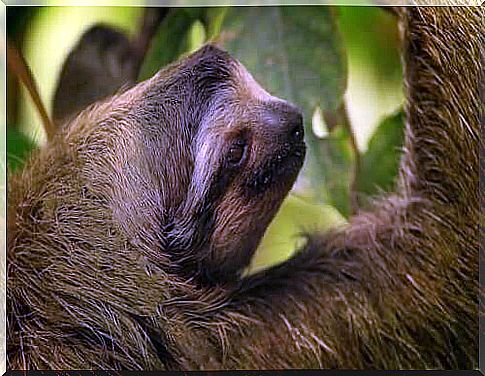
During the interactions observed by the investigators, sloths weren’t the only animals featured in selfies; monkeys, caimans, anacondas and parrots were equally harassed and widespread on the web.
The authors of the study reflected on what causes stress in the animal, considering the production of glucocorticoids and the large amounts of noise caused by these interactions among the main causes. Furthermore, scholars insist on the importance of an increasingly in-depth study of the risks and dangers that this type of tourism entails on animals.
As tourists, we need to be aware of the above when interacting with wildlife, preferring activities with animals that are in good condition and possibly in their natural habitat.
